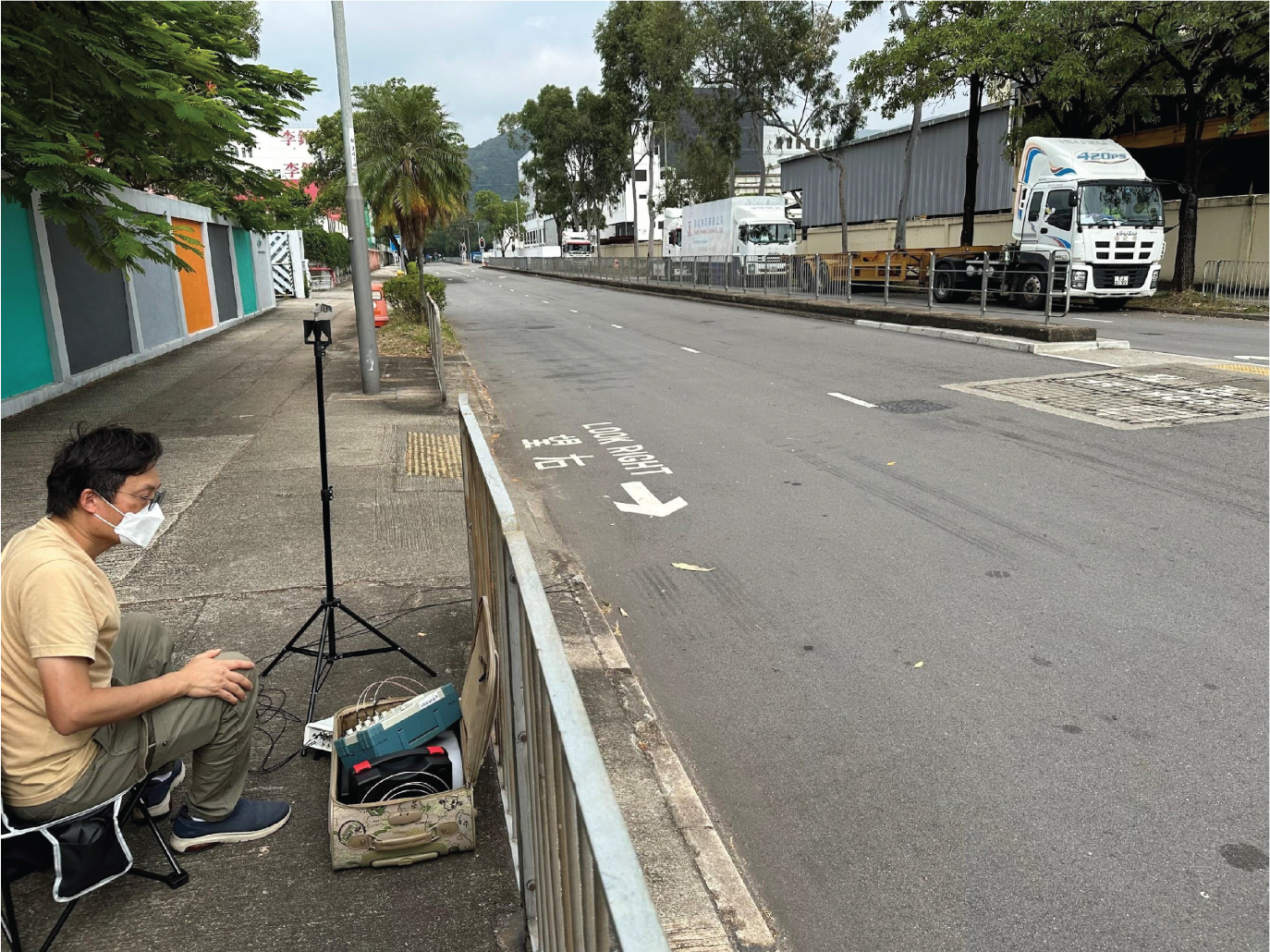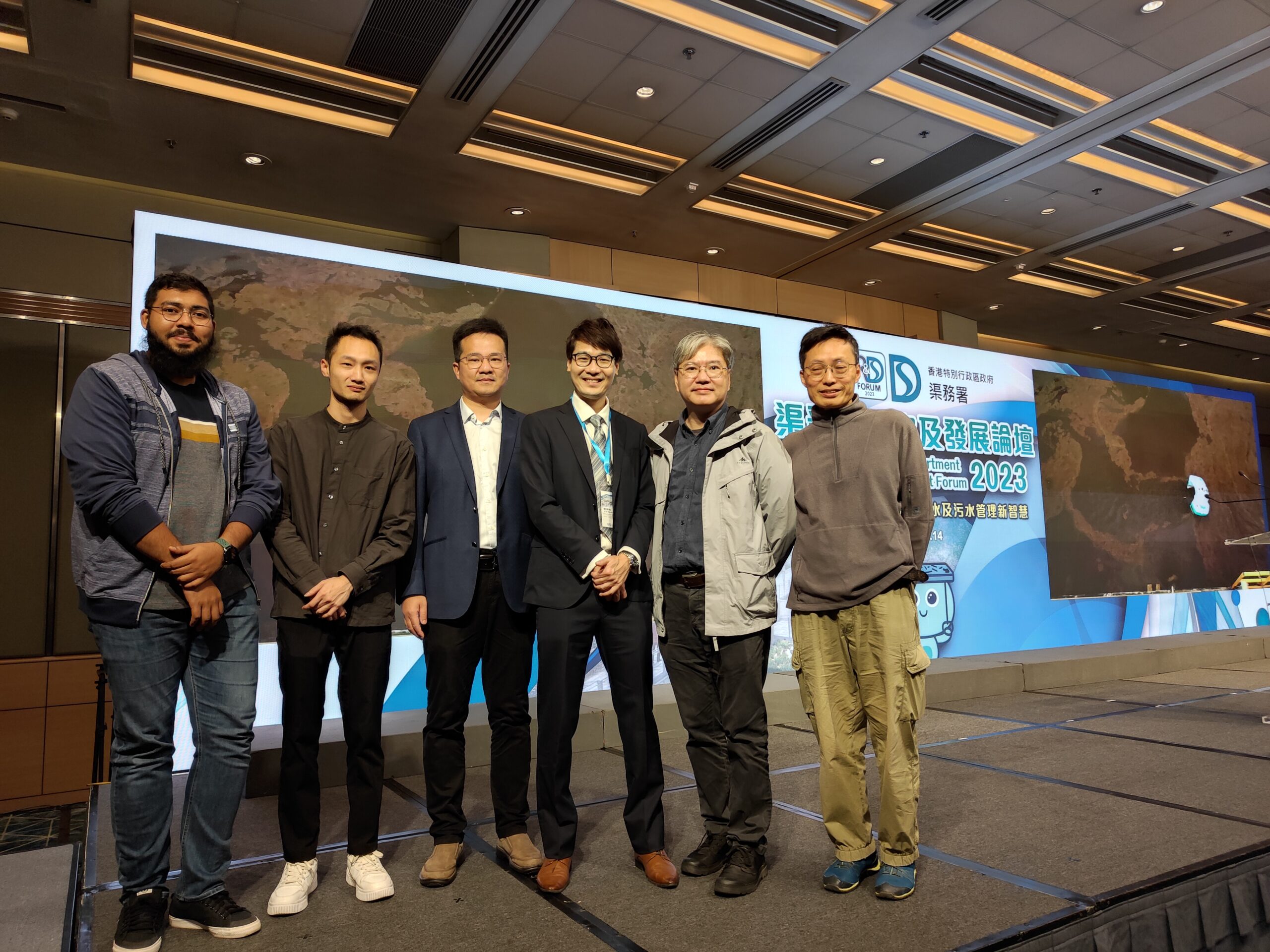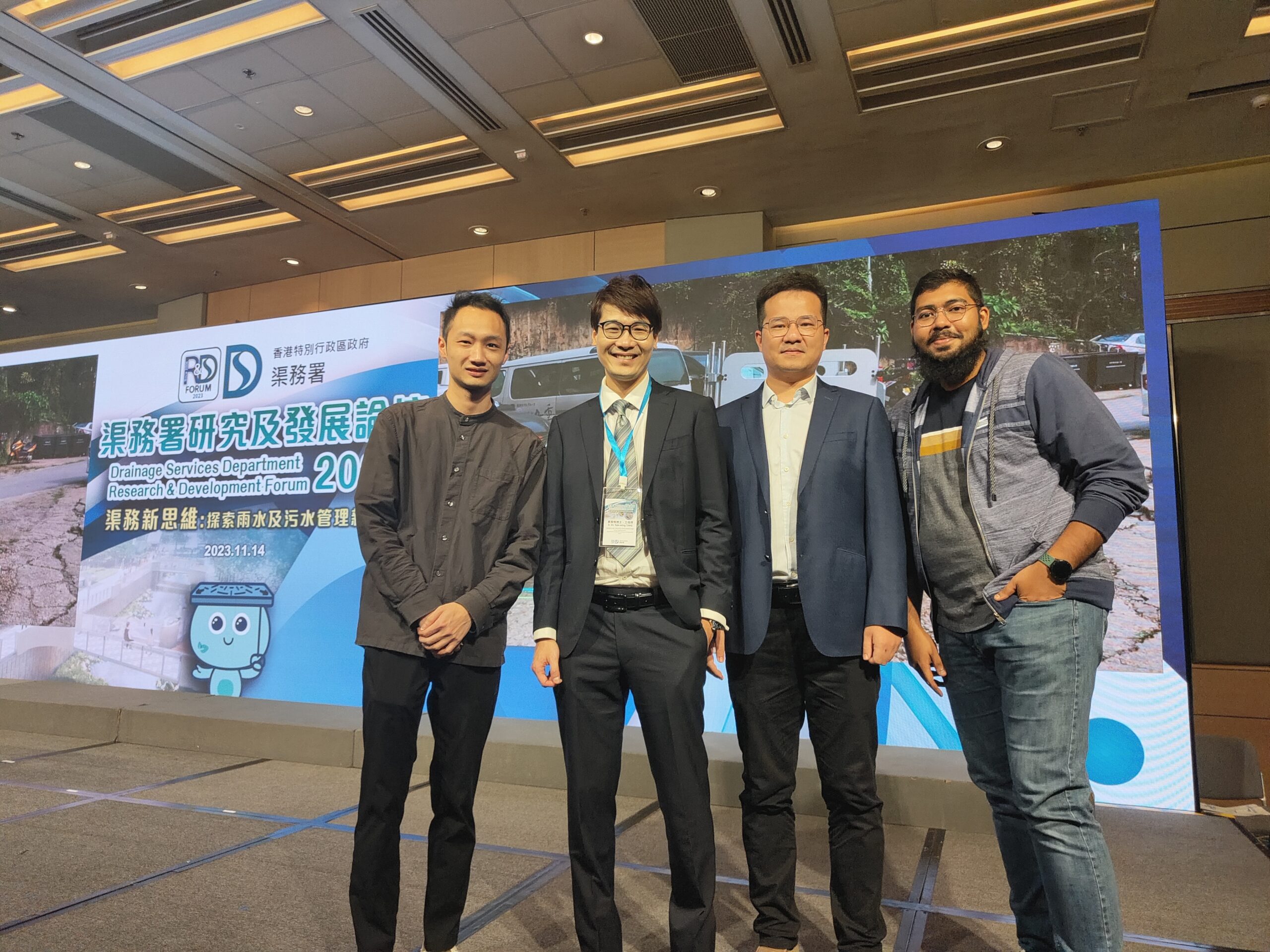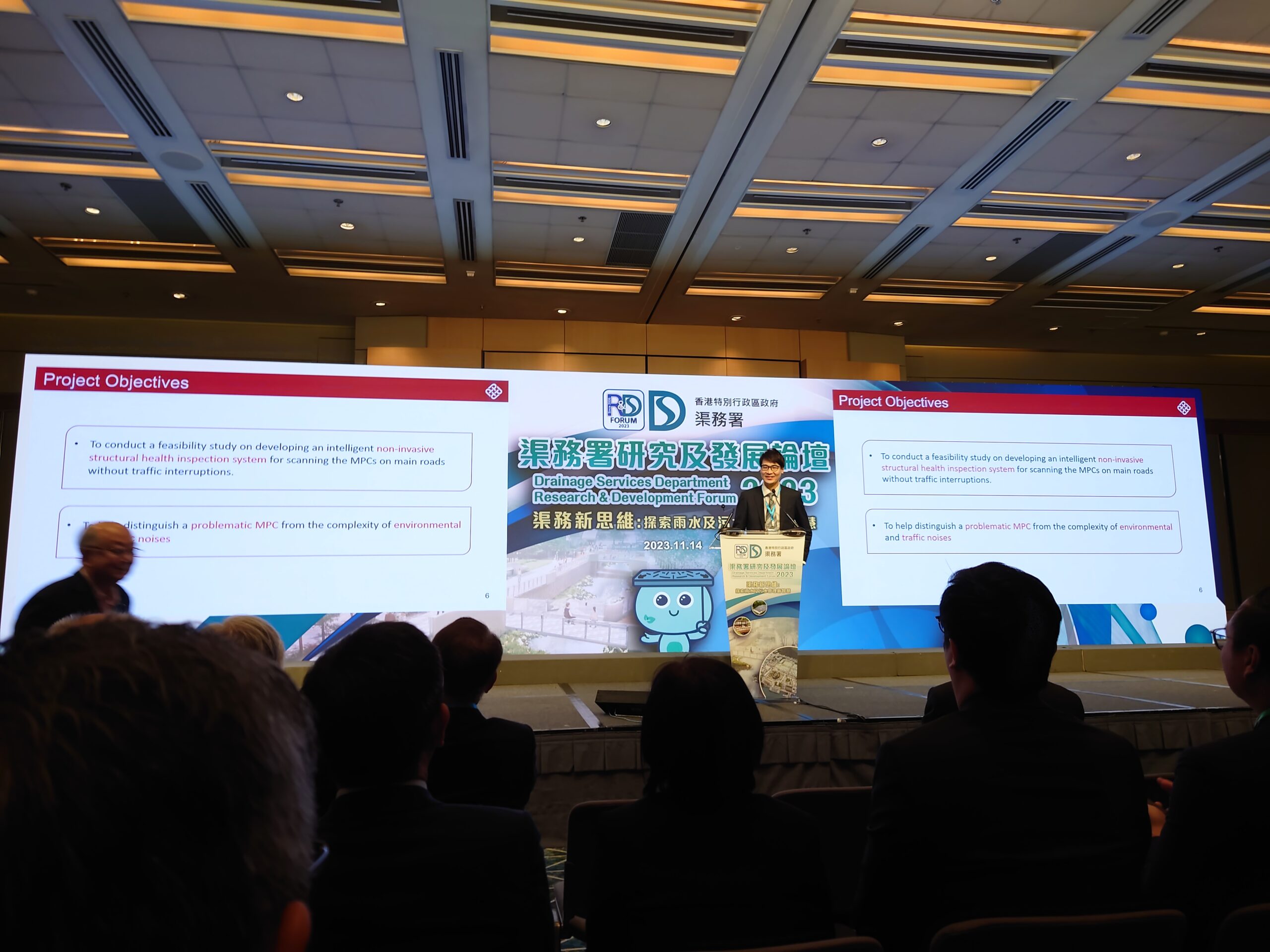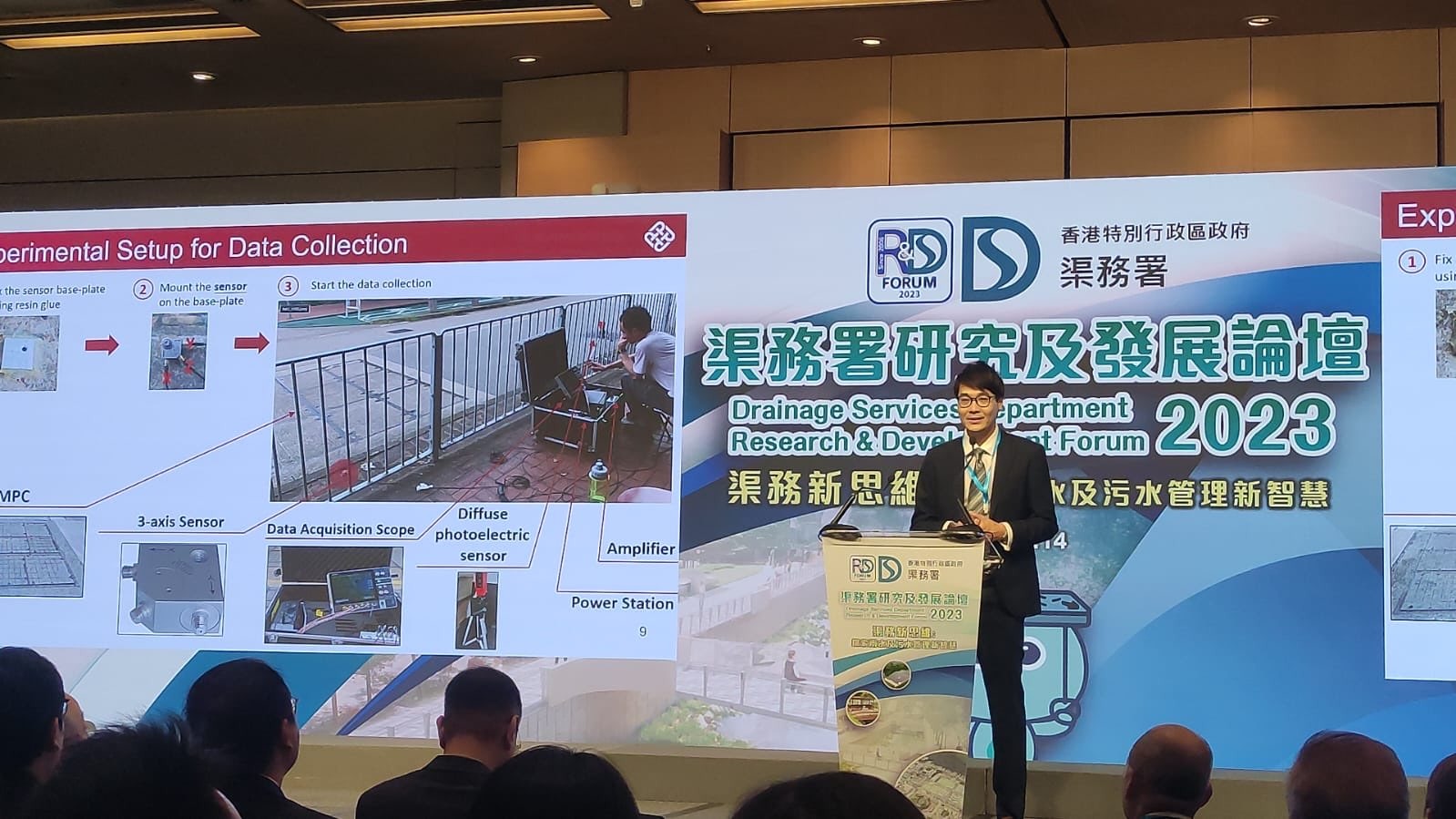Intelligent Non-invasive Structural Health Inspection System for Multi-part Covers
The project proposes a non-invasive inspection method using vibration-based detection techniques and artificial intelligence (AI) analysis.
Overview
This project, in collaboration with the Drainage Services Department (DSD), aims to determine the feasibility of scanning multi-part covers (MPCs) on main roads without interrupting traffic. MPCs are commonly installed over large drains, chambers, and box culverts, serving as entrances for regular inspections or maintenance. However, these covers can suffer from rocking movements due to passing vehicles, leading to structural damage or instability. Inspecting them requires opening the covers, which is both costly and disruptive to traffic.
In partnership with DSD, the project proposes a non-invasive inspection method using vibration-based detection techniques and artificial intelligence (AI) analysis. This method aims to identify structural issues in MPCs efficiently while minimizing disruptions and costs.

Background and Objective
Structural damages underneath MPCs, often caused by rocking movements from vehicles, pose challenges in maintenance and can lead to issues such as traffic disruptions and costly repairs. The collaboration with the Drainage Services Department ensures that the inspection system is designed to meet real-world demands and can be applied to existing infrastructure. The objective of this project is to develop a non-invasive inspection method that uses vibration-based detection and AI algorithms to identify faulty MPCs. This will facilitate timely maintenance and reduce the need for unnecessary inspections, improving both safety and cost-efficiency.
Methods
To achieve non-invasive inspection, the project will use a combination of vibration-based detection and AI analysis. The process involves:
- Vibration Signal Collection: Signals will be gathered from MPCs subjected to vibration caused by environmental and traffic forces.
- AI Processing: These signals will be processed using AI techniques, specifically deep learning algorithms, to detect anomalies and structural patterns associated with potential damage.
- Multi-stage Analysis: The system will narrow down problematic covers by focusing on significant structural issues. This allows for a more targeted approach, reducing unnecessary inspections.
The project will develop a prototype to assess the condition of MPCs, minimizing traffic disruptions and inspection costs.
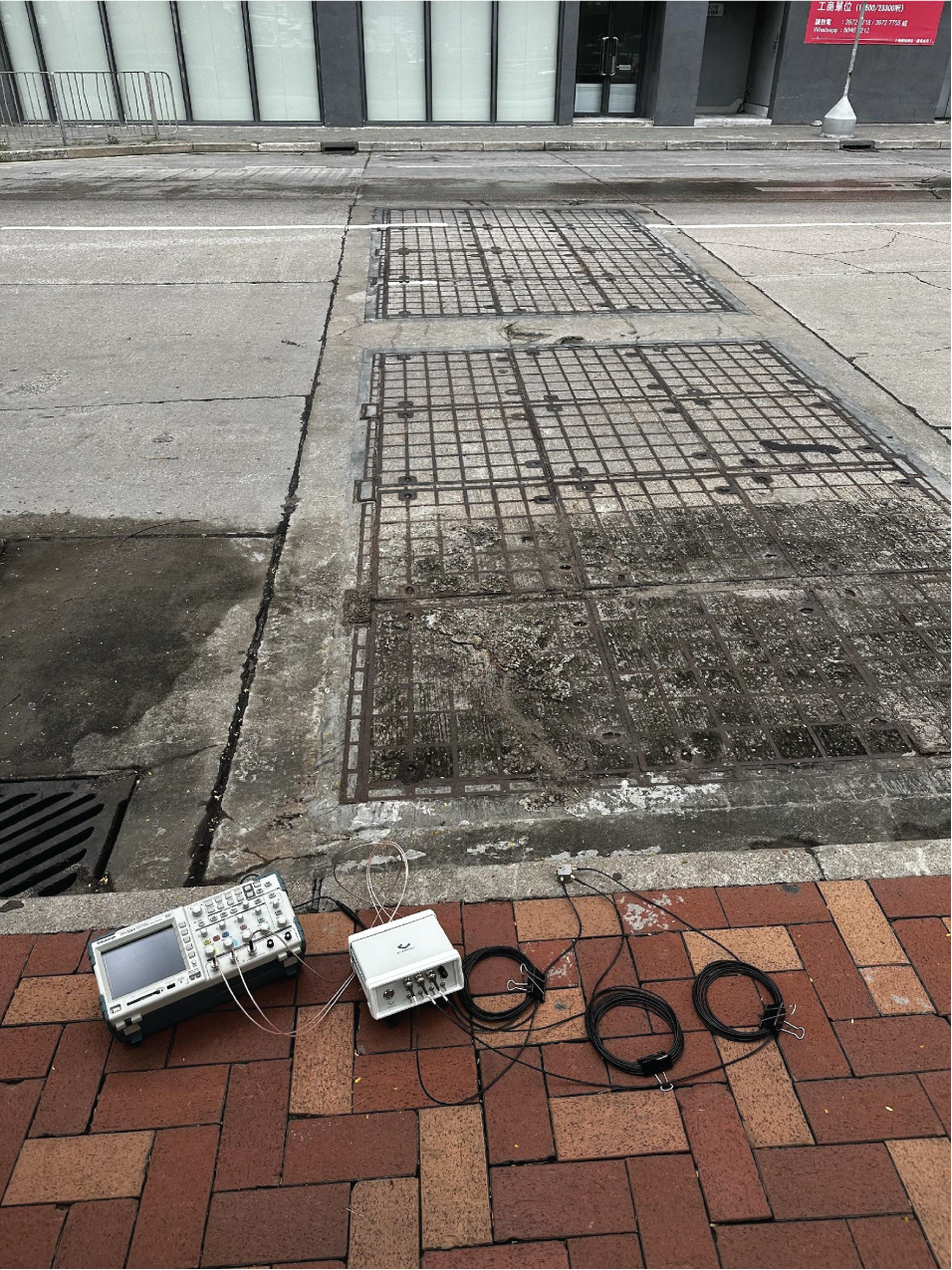
Solutions
The proposed solution uses a vibration sensor placed on the MPC to detect structural issues. The data collected by the sensor is analyzed by AI algorithms, which can determine the health state of the cover (whether it is normal or abnormal) based on the time-frequency domain data.
Phased Approach
- Phase 1: Design and develop an experimental sensing prototype that will detect vibration signals from MPCs. The prototype will serve as the foundation for future phases.
- Phase 2: Data collection through an accelerometer mounted on the cover’s roadside. This setup ensures accurate vibration signal capture.
- Phase 3: AI analysis of the collected data. The AI algorithms will identify patterns and anomalies, paving the way for a non-invasive inspection method.
Key Benefits
- Non-invasive: No need to open MPCs, therefore reducing traffic disruptions.
- Cost-effective: Minimizes inspection costs by focusing on problematic covers.
- AI-powered: Utilizes advanced algorithms for accurate identification of structural damage.
- Scalable: Can be implemented across various road networks with MPCs.
Collaboration with Drainage Services Department (DSD)
This project is carried out in close collaboration with the Drainage Services Department (DSD), leveraging their expertise in managing large-scale infrastructure like MPCs. The partnership enables the project team to design a solution that is both practical and scalable, ensuring effective deployment across Hong Kong’s drainage network.
Award Recognition
We are proud to announce that the Intelligent Non-invasive Structural Health Inspection System for Multi-part Covers received a bronze medal at the International Exhibition of Inventions Geneva 2024. This prestigious event is known for showcasing cutting-edge innovations from around the world. The system was recognized for its ability to significantly improve inspection efficiency while reducing the need for road closures and minimizing traffic impacts. This achievement underscores the project’s contribution to enhancing urban infrastructure and inspection technology.
Contact Information
For more details on the project, please contact the RIVRT team at Contact Us.
Collaborating with







